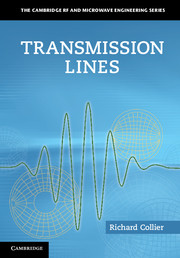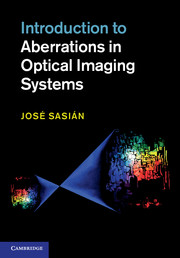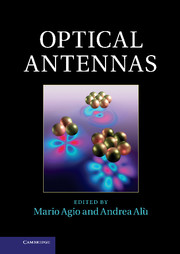This chapter calls on trigonometry and calculus, both differentiation and integration.
This book is all about things that oscillate at terahertz frequencies, as introduced in Chapter 1. In Chapters 2 and 3 we saw how oscillations can be described using mathematics. In Chapter 4 we moved from the purely mathematical to physical reality, in treating the oscillatory nature of light. Now, in this chapter, we look at oscillations in matter.
The oscillations that can be sustained in matter are described by quantum mechanics. In this chapter, the wave mechanics approach to quantum mechanics is introduced via the Schrödinger equation. The equation is then solved for many cases of general and practical interest: the free particle, confined states such as in quantum wells and multiple quantum wells, and the oscillations of molecules, both rotational and vibrational. In all cases I deal with here, the emphasis is on the terahertz frequency range.
Learning goals
By the time you finish this chapter you should be able to discuss terahertz phenomena related to
• free particles,
• particles confined in structures such as semiconductor energy bands and quantum wells,
• molecules that are free to rotate and vibrate.
Wave mechanics
There is no escaping it. We can't really discuss terahertz phenomena in matter without discussing quantum mechanics.
As the name implies, quantum mechanics is about quanta, or distinct amounts. Applied to oscillations, quantum mechanics says that oscillations cannot occur at any arbitrary frequency, but only at particular, distinct frequencies.


